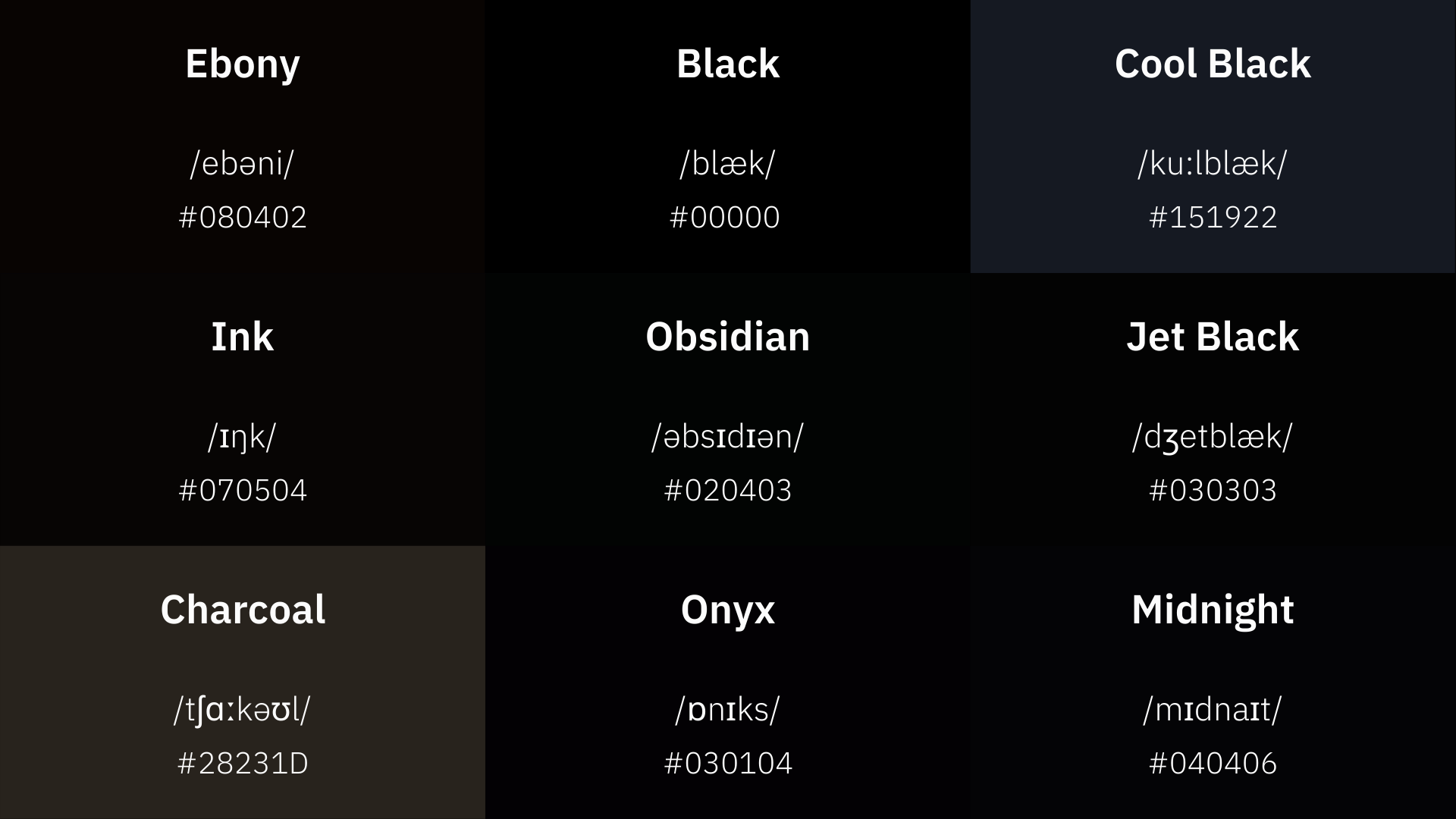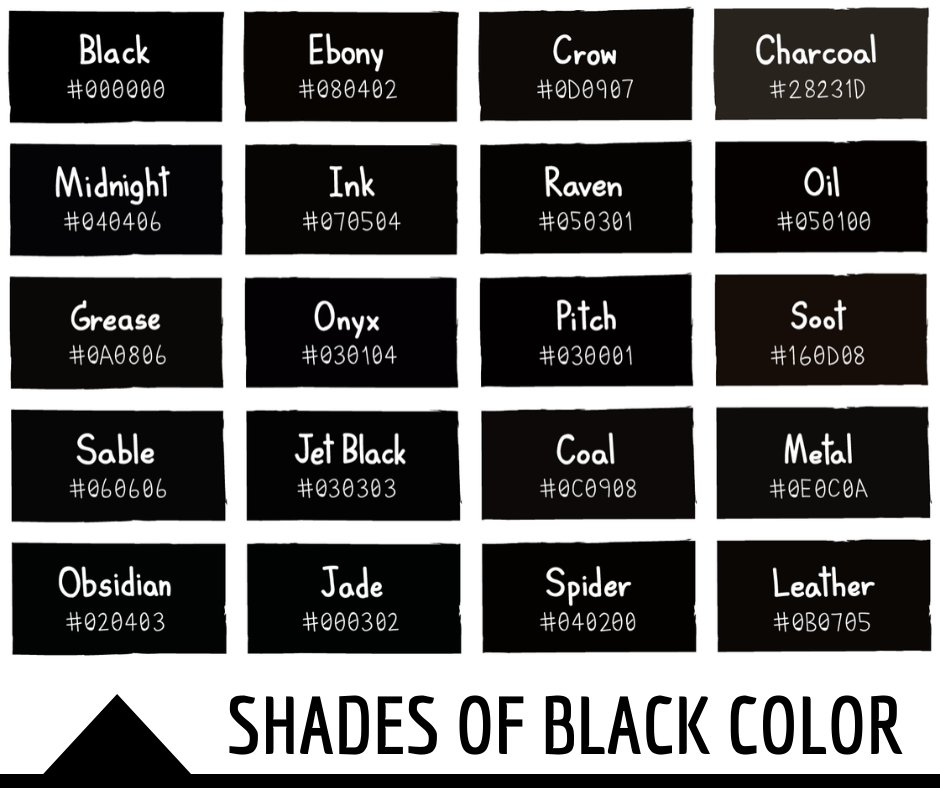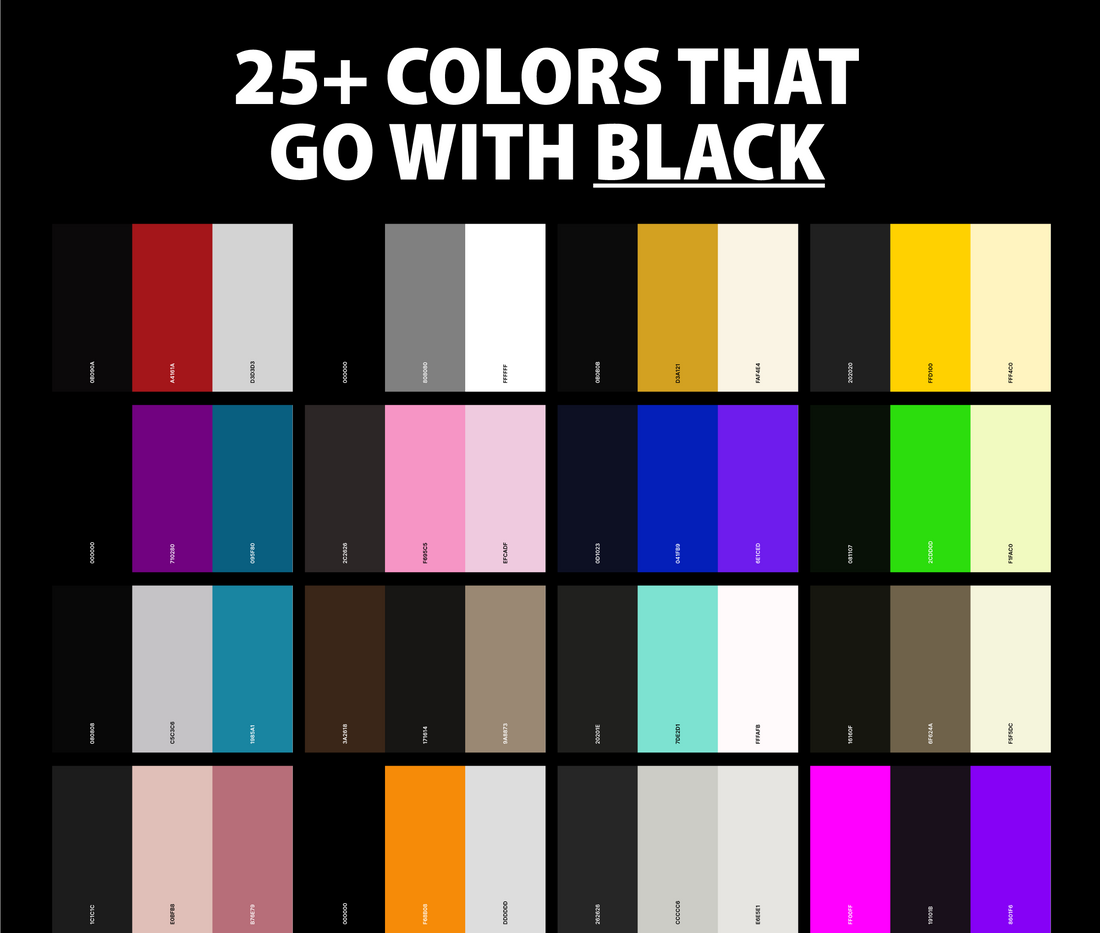Throughout history, fashion has served as a reflection of culture, social status, and personal identity. Among the myriad of styles that have emerged, the fedora stands out as a symbol of elegance and sophistication. This article delves into the history of the black and red fedora, exploring its origins, evolution, and the cultural significance it has amassed over the years.
The Origins of the Fedora
The fedora’s roots trace back to the late 19th century, originating from the French play “Fédora” written by Victorien Sardou in 1882. The play’s leading actress, Sarah Bernhardt, donned a felt hat that featured a wide brim and a distinctive crease down the center, which sparked a fashion trend among women and later men.
- Victorian Era Influence: The fedora emerged during a time when women’s fashion was characterized by elaborate dresses and corsets. The hat symbolized a break from traditional gender norms.
- Adoption by Men: By the early 20th century, the fedora began being adopted by men, becoming a staple in men’s fashion, especially within the realms of business and leisure.
The Black and Red Fedora: A Distinctive Style

The black and red fedora is a unique variation of the classic style, combining the timeless elegance of black with the vibrant flair of red. This color combination speaks to both sophistication and a bold personality. The history of this particular style is intertwined with various cultural movements and iconic figures.
Cultural Significance
Throughout the years, the black and red fedora has been embraced by different subcultures and artistic communities:
- Jazz and Blues Era: In the 1920s and 30s, the black fedora became synonymous with jazz musicians and the urban nightlife of the time. Artists like Duke Ellington and Louis Armstrong often wore fedoras, making them a symbol of the jazz culture.
- Gangster Aesthetic: During the Prohibition era, the fedora was popularized by gangsters and mobsters who used it to project an image of power and control. The black fedora became a staple of the “gangster chic” aesthetic.
- Modern Fashion Movements: In contemporary times, fashion icons such as Pharrell Williams and Michael Jackson have sported the black and red fedora, making it a statement piece that transcends time and trends.
Symbol of Rebellion and Individuality
The black and red fedora has also been adopted by various movements as a symbol of rebellion. In the punk and goth subcultures, the fedora has been reinterpreted with unique twists, often adorned with spikes, chains, or other embellishments.
- Gothic Revival: The fedora’s association with darkness and mystery made it a favored accessory among the goth community, often paired with dramatic makeup and attire.
- Punk Influence: Punks have embraced fedoras as part of their nonconformist style, using the hat to juxtapose traditional elegance with their edgy fashion choices.
Crafting the Fedora: Materials and Techniques
The craftsmanship of a fedora involves a meticulous process that ensures the hat not only looks good but also lasts. The black and red fedora is commonly made from high-quality materials that enhance its aesthetic and durability.
Materials Used
- Wool Felt: A popular choice for fedoras, wool felt provides warmth and structure. It is also water-resistant, making it suitable for varying weather conditions.
- Straw: Often used for summer fedoras, straw gives a lighter feel and breathability, ideal for warmer climates.
- Leather: Leather fedoras offer a rugged, stylish look and are durable, appealing to those seeking a unique aesthetic.
Crafting Techniques

Creating a fedora requires skilled craftsmanship, which involves several key steps:
- Block Shaping: The hat is shaped on a wooden block to form its characteristic style.
- Felting: Wool fibers are compressed and heated to create the felt material that forms the hat.
- Trimming and Finishing: The brim is cut to the desired width, and decorative elements such as bands or feathers are added.
Case Studies: Icons of the Black and Red Fedora
![]()
Several iconic figures have made the black and red fedora a central part of their style, influencing fashion and culture in profound ways. Here are a few noteworthy examples:
Pharrell Williams

The singer and producer Pharrell Williams is known for his eclectic style, often incorporating the black fedora into his outfits. He has worn various iterations of the fedora, including colorful variations, making it a versatile accessory in his wardrobe.
Michael Jackson
Perhaps one of the most iconic images of the fedora in popular culture is Michael Jackson during his performances. His black fedora, often paired with a sequined jacket and white glove, became a hallmark of his signature style, embodying the elegance and flair he brought to music.
James Dean
The legendary actor James Dean was often seen wearing a black fedora, which contributed to his rebellious persona. His style has influenced generations, solidifying the fedora’s place in classic American fashion.
The Fedora Today: A Timeless Accessory

In the modern fashion landscape, the black and red fedora continues to hold its ground. Its versatility makes it suitable for various occasions, from formal events to casual outings. Designers regularly incorporate the fedora into their collections, ensuring it remains a staple in contemporary wardrobes.
Statistics and Trends

Recent studies indicate a resurgence in hat-wearing, particularly among younger generations:
- Increased Popularity: A survey conducted by the Fashion Institute of Technology reported a 30% increase in hat purchases among millennials over the past decade.
- Social Media Influence: Platforms like Instagram and TikTok have played a significant role in popularizing the fedora, with influencers showcasing diverse ways to style it.
The black and red fedora is more than just a fashionable accessory; it is a symbol of elegance, sophistication, and individuality. From its origins in the late 19th century to its modern-day interpretations, the fedora has transcended time and trends, making it a timeless piece in the fashion world. As we continue to see the fedora embraced by various cultures and generations, its legacy endures, reminding us of the power of fashion to convey identity and express personal style.
In summary, the black and red fedora embodies a rich history that intertwines with cultural movements, iconic figures, and artisanal craftsmanship. Its unique color combination and versatility ensure that it will continue to be a cherished accessory for years to come, representing elegance and boldness in equal measure.